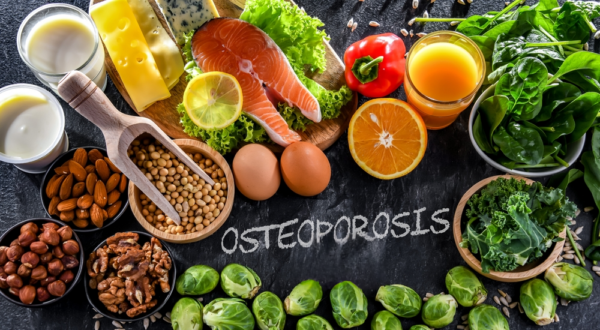“There is so much conflicting information out there about how to eat for heart health. What do I really need to know if I want to avoid heart disease?”
I love the timing of this question! Why? February is American Heart Month. If this time of year has you dreaming about a heart-shaped box of chocolates, maybe it’s time to put some thought into what’s really good for your heart – your actual heart, not the chocolate one. In spite of all the advances in medicine over the years, heart disease remains the leading cause of illness and death in the country. But there are things we all can do to help minimize our risk. A heart-healthy diet is one of the easiest places to start. What’s not so easy is knowing exactly what that means – especially in the face of the many diet fads that come and go. In honor of Heart Month, let’s take a look at the important elements of eating to prevent heart disease.
Keep it Low
Saturated fat and cholesterol, that is. To keep your diet as heart healthy as possible, it’s important to limit your intake of saturated fat found in animal products, and avoid trans fats, from partially hydrogenated oils, entirely. Limiting cholesterol is also key. Cholesterol — found in foods such as red meat and high-fat dairy — can raise blood cholesterol levels. This is of particular concern for those already at a high risk of heart disease. Sodium is also an important player in heart health because of its impact on blood pressure, so keep your intake moderate.
Keep it Real
Search the internet and you’ll see many people who promote a strict vegan diet as the only way to help treat or prevent heart disease. This is not necessarily the case. While a healthy vegan diet can have benefits, it’s not the only option. Being too restrictive isn’t realistic or sustainable for most of us, so veganism might not be your best bet. A plant-based diet (eating mostly plants, with occasional egg, dairy, meat, fish, and poultry) is a great way to get started in reducing your dietary intake of saturated fat and cholesterol. Learn more about plant-based diets here: http://www.vrg.org/ – The Vegetarian Resource Group
Keep it Whole
Instead of obsessing about counting calories and fat grams, focus on eating whole foods that are as close to their natural state as possible. This means plenty of fruits, vegetables, beans, legumes, and healthy whole grains. Brown rice and oats are always good grain choices, but branching out to other options, such as quinoa, millet, bulgur, and buckwheat can keep things interesting. Most importantly, focusing on the wide variety of delicious foods you can eat will make it easier to give up the few things you can’t.
Keep it Light
Processed foods and added sugars should be the lightest part of your diet. Consume lean meat, poultry, dairy, sweets, and desserts in small amounts. Fish can be eaten slightly more often.
In general, it’s best to focus on getting a balance of the wholesome choices discussed here. The best news of all? Chocolate… and by that, I mean dark chocolate… can be good for your heart in moderation, so Happy Valentine’s Day!
To learn more about eating for your heart, join us for “Feed Your Heart,” a 4-week nutrition class devoted to heart health.



